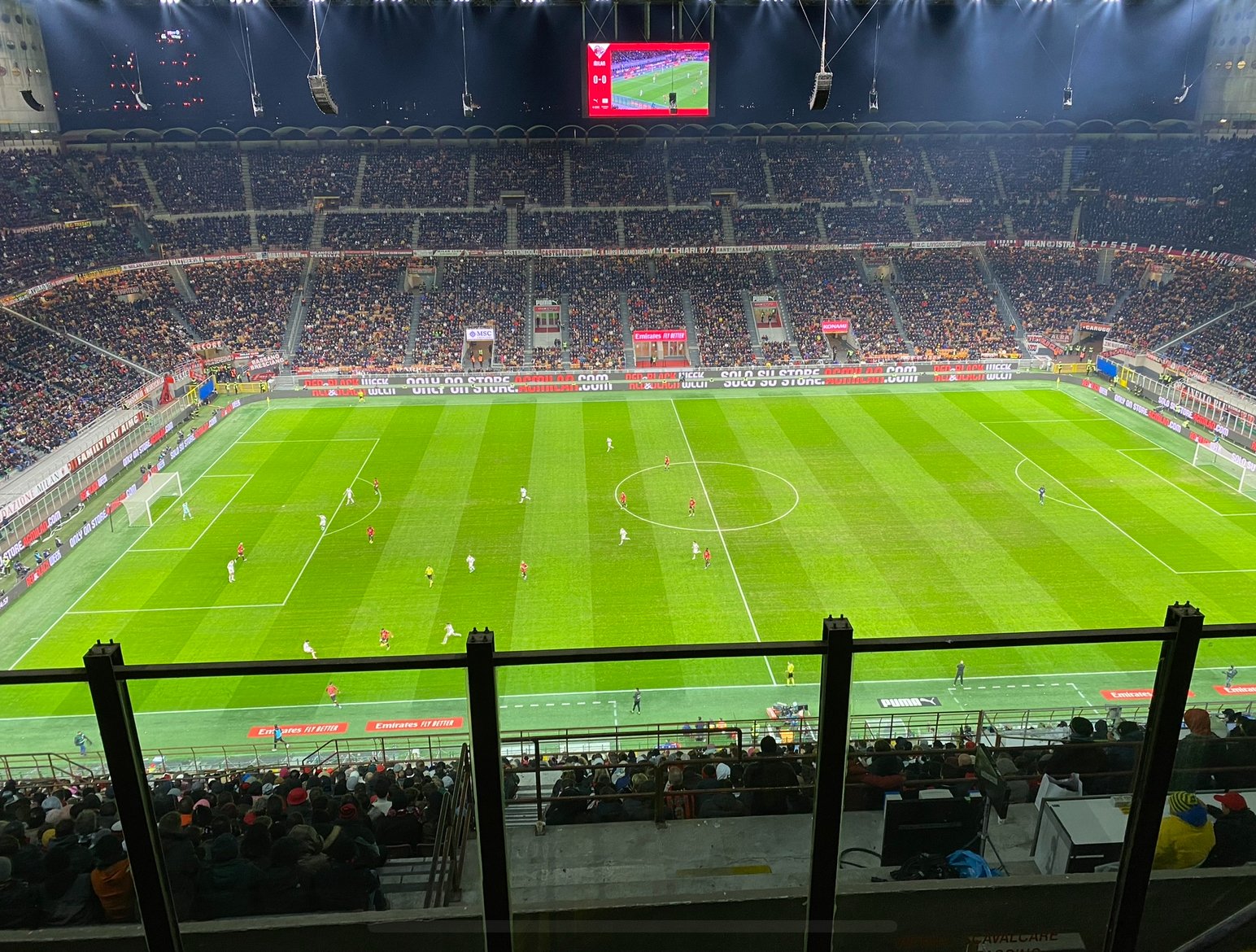Situated in the heart of Copenhagen’s Østerbro district, Parken Stadium is more than just a sports venue — it’s a symbol of Danish pride, football heritage, and community spirit. Since its official opening in 1992, Parken has played host to some of the most thrilling football moments in Danish history and remains the epicenter of the nation’s sporting life.
FC København (FCK), Denmark’s most successful club in recent decades, has played its home matches at Parken since the club’s formation. With numerous Danish Superliga titles to their name, FCK has built a formidable fortress in Parken, both domestically and in European competitions.
Parken is also the proud home of the Danish national football team. From roaring Euro qualifiers to emotional World Cup campaigns, this stadium has witnessed it all. Most recently, Parken was one of the host venues for UEFA Euro 2020, where it delivered unforgettable moments, including Denmark’s emotional run to the semi-finals.
I was living in Copenhagen in 2003 studying at the Copenhagen Business School. Is was a chill night when I saw FCK beat FC Nordskjelland 2-0 on in entertaining match. It was very exotic to be allowed to buy and drink beer at the stands, which was and still is, strictly illegal in Norway.
Time visited: October 26, 2003
FC København - FC Nordskjelland 2-0
Goals: Santos, Møller






















